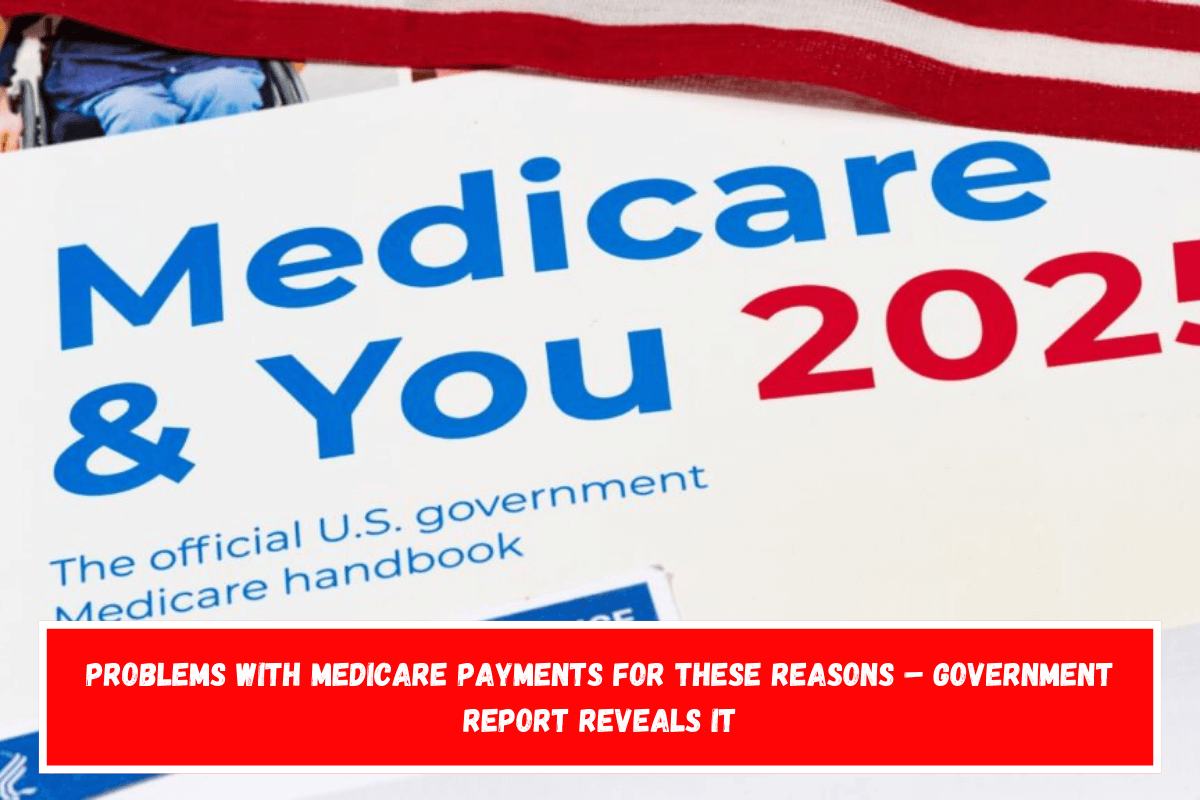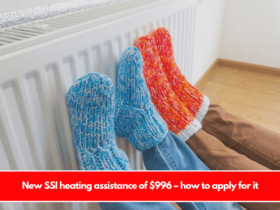A worrying report has been issued, revealing that Medicare Advantage plans received $4.2 billion in additional payments in 2024 by conducting home visits to senior patients who may not have required them for serious conditions. The Office of Inspector General for the Department of Health and Human Services issued the report, which focused on the health risk assessments (HRAs) that were conducted.
These HRAs are typically used to diagnose Medicare enrollees with serious health conditions that make it difficult for them to leave their home. They are an important aspect of the service because they estimate greater risk-adjusted payments for Medicare Advantage plans.
This implies insurance companies would be paid more for their care, and the misuse of these HRAs could have a negative influence on the program’s overall funds, which is why the investigation was undertaken.
The report was not friendly to many insurance firms, claiming that UnitedHealthcare received $3.7 billion in risk-adjusted payments last year, making it the largest recipient of the practice, followed by Humana with $1.7 billion, and that many of those assessments were unnecessary.
UnitedHealthcare strongly disagreed with the report, calling it “a misleading, narrow, and incomplete view of risk adjustment data is being used to draw inaccurate conclusions about the value of in-home care for America’s most vulnerable seniors in Medicare Advantage.”
They went on to say that the home visits, which typically last 45 to 60 minutes, were performed by “highly trained and board-certified advanced practice clinicians are among the most comprehensive and thorough assessments of a patient’s health and physical environment available in the health care system, helping to identify and drive needed follow-on care for the vast majority of the patients with whom we engage.”
Humana spokesman Kevin Smith explained that “HRAs are CMS-recognized tools that help ensure Medicare Advantage members receive better care and health outcomes.” These examinations supplement and support the care provided by primary care physicians, and patients are always sent back to them for follow-up treatment.
We will continue to collaborate closely with CMS and policymakers to strengthen HRA transparency and accuracy measures, as well as to maintain the highest levels of care and compliance.”

How the report found HRAs affected Medicare Advantage plans
According to the research, 1.7 million Medicare Advantage plan members received home visits last year but did not obtain follow-up visits, treatments, tests, or supplies for their diagnoses. This indicated to the researcher that the visits may have been improper because the recipients received no treatment for alleged illnesses.
“In-home HRAs and HRA-linked chart reviews may be more prone to abuse because they are frequently handled by Medicare Advantage businesses or their third-party contractors rather than enrollees’ own doctors. diagnosis recorded only on these types of records raise questions regarding the quality of the diagnosis and the coordination of care for Medicare Advantage patients.
Last year, Medicare paid private insurance companies $7.5 billion to cover the costs of HRAs and HRA-linked chart reviews. This is due to the cost difference between an HRA and a doctor’s visit.
According to the analysis, each in-home HRA earns around $1,869 in anticipated risk-adjusted payments, compared to approximately $365 for a doctor’s office or other health care facility visit. The audit also targeted UnitedHealth Group, stating that it “stood out from its peers, especially in its use of in-home HRAs and HRA-linked chart reviews to generate risk-adjusted payments.”
However, they are not alone; according to the research, twenty corporations were responsible for 80% of $7.5 billion in risk-adjusted payments among thousands of Medicare Advantage plan providers. How this scenario is resolved will set a significant precedent for future diagnosis.
Also See:- Two SSI checks in November – Here are the two exact payment dates















Leave a Reply